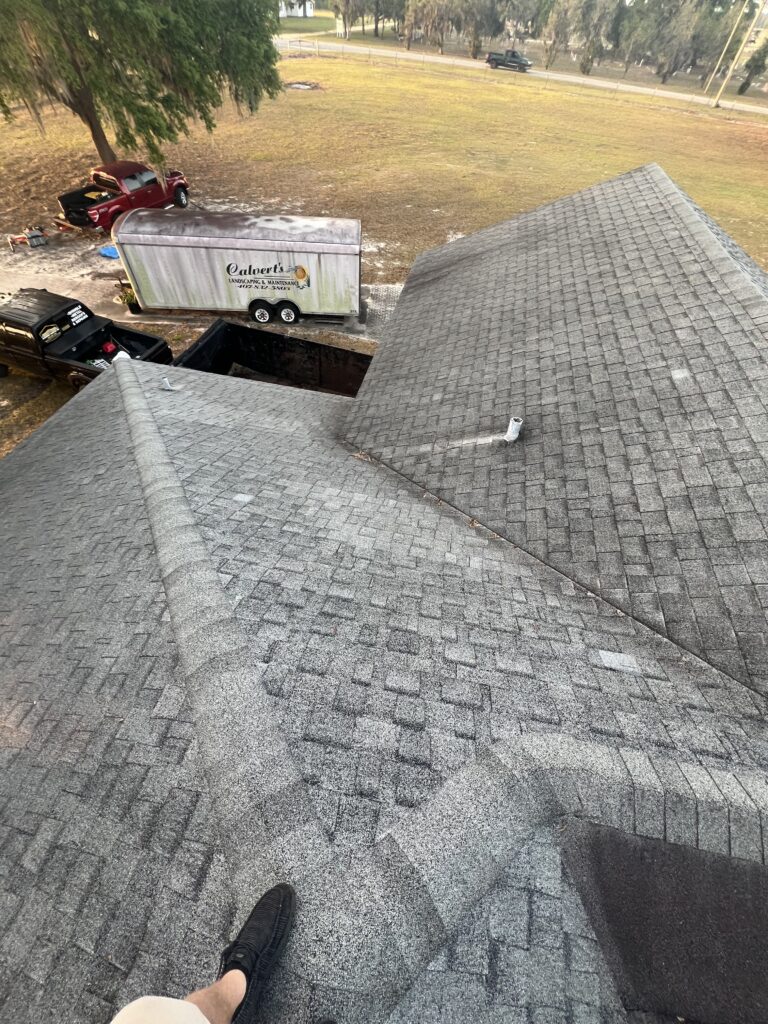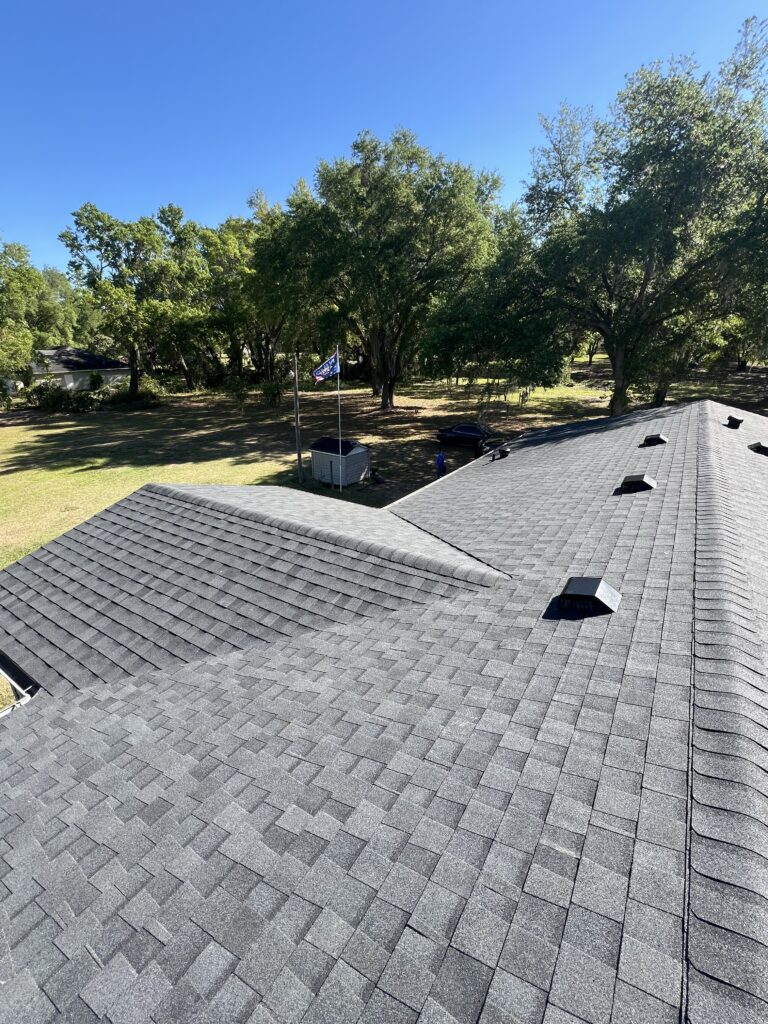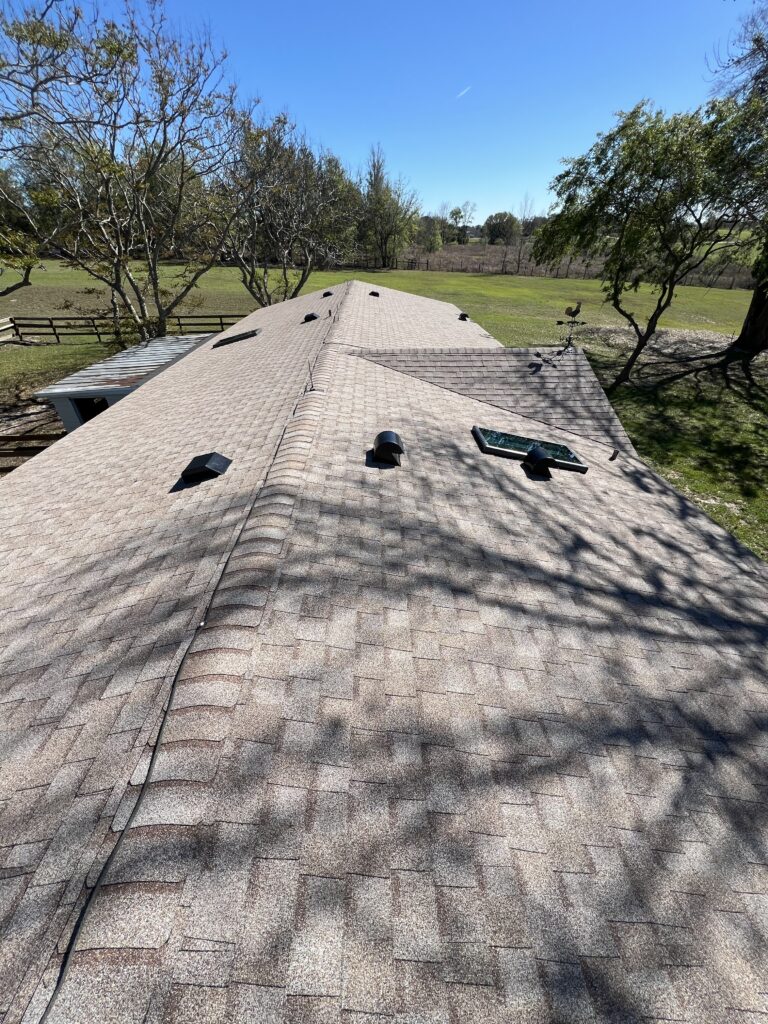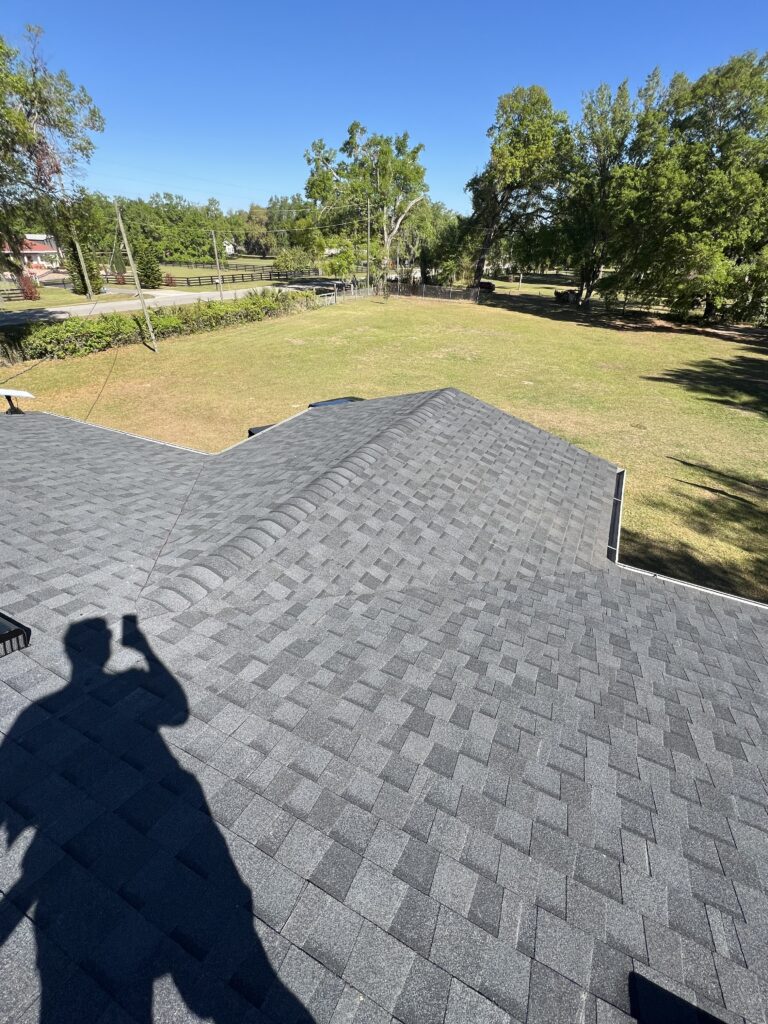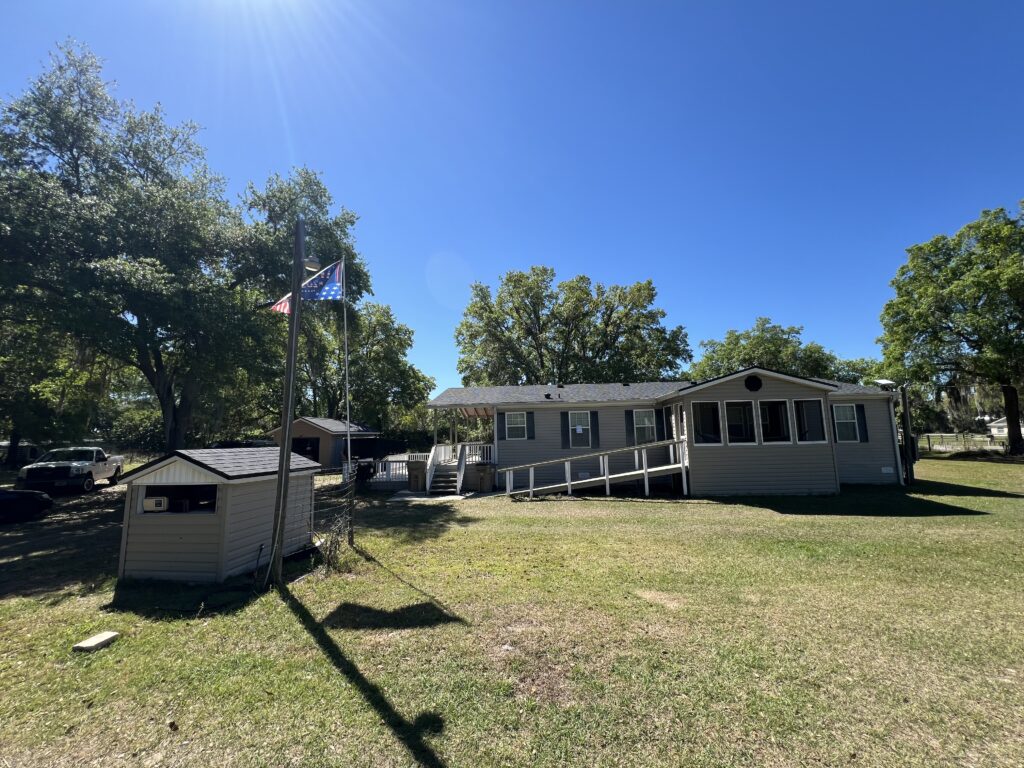How Long Does a Roof Really Last in Florida? An Expert Guide
A home’s roof is its first and most important line of defense against the elements. Here in Florida, that is a responsibility unlike anywhere else in the country. Our roofs are subjected to a relentless combination of intense, year-round sun, heavy tropical rains, extreme humidity, and the ever-present threat of hurricane-force winds. These unique and demanding conditions mean that a roof’s expected lifespan is not a one-size-fits-all number. The answer to the question of how long a roof will last depends heavily on our specific climate, the materials chosen, and the quality of the installation.
Understanding the true expected lifespan of your roof is a critical part of responsible homeownership. It allows you to budget effectively for an eventual replacement, helps you maintain your home’s value, and, most importantly, ensures your family remains safe and protected from storms. This guide is designed to provide a clear and realistic breakdown of how long different types of roofing systems typically last in the Clermont area. We will explore the various factors that affect a roof’s longevity, the signs that it may be nearing the end of its life, and the proactive steps you can take to maximize your investment.
Average Lifespan of Florida Roofs by Material
The type of material used is the primary factor in determining a roof’s potential lifespan. The most common roofing material in Florida, due to its affordability, is the asphalt shingle. In a milder climate, an architectural shingle roof might last up to 30 years. However, under the intense Florida sun, its lifespan is significantly shorter, typically ranging from 12 to 20 years. The constant UV exposure and heat cause the shingles to become brittle and age more rapidly.
For homeowners seeking greater longevity and durability, metal roofing is an excellent choice. A properly installed metal roof can last between 40 and 50 years, and it offers superior resistance to the high winds we experience during hurricanes and severe thunderstorms. Its durability and long-term value make it an increasingly popular option for Florida homes.
Tile roofing, whether made from traditional clay or modern concrete, offers the greatest longevity. A tile roof can last for 50 years or even longer with proper maintenance. Tile is exceptionally resistant to our state’s intense heat and sun, and it will not rot or be damaged by insects. Its weight and durability also provide excellent performance in high-wind events. For commercial properties or homes with Florida rooms, flat roofs are a common sight. These systems, which use materials like TPO or modified bitumen, typically have a lifespan of 15 to 25 years.
The Florida Factor: How Our Climate Impacts Roof Lifespan
The climate in Florida is the single greatest adversary to any roofing system. The constant, year-round exposure to our harsh weather conditions is what sets our roofs apart from those in other regions of the country. The most significant factor is the intense ultraviolet radiation from the sun. This UV exposure relentlessly breaks down the petroleum-based asphalt in shingles, causing them to lose their flexibility and protective granules over time. The extreme heat also creates a punishing thermal cycle that causes roofing materials to expand and contract daily, which can lead to cracking and stress over the years.
Our high humidity and frequent, heavy rainfall create another set of challenges. This moist environment is the perfect breeding ground for algae, specifically a type called Gloeocapsa magma, which causes the dark black streaks you often see on older roofs. This algae can trap moisture against the shingles and feed on the limestone filler in them, accelerating their deterioration. The sheer volume of wind-driven rain during our summer thunderstorms tests every seal, seam, and piece of flashing on your roof, seeking out any small vulnerability.
Of course, the most dramatic threat to any Florida roof is a hurricane. The incredible uplift forces generated by hurricane-force winds can tear even properly installed shingles from a roof. The impact of flying debris can crack tiles and puncture roof decks. The combination of extreme wind and torrential rain is the ultimate stress test. For coastal properties, the salty air adds another layer of attack, as it can accelerate the corrosion of any metal components, such as flashing, fasteners, and valleys, leading to premature failure if not properly maintained.
Beyond the Weather: Key Factors That Determine How Long a Roof Lasts
While our climate sets the stage, several other critical factors play a significant role in determining the actual lifespan of your roof. The first of these is the quality of the materials used. Within every category of roofing, there is a wide range of quality. For example, a basic, lightweight 3-tab shingle will not last nearly as long as a premium, heavyweight architectural shingle that is specifically designed with enhanced wind resistance and algae inhibitors.
However, even the best and most expensive materials will fail prematurely if they are not installed correctly. The quality of the workmanship during the installation is arguably the single most important factor in a roof’s longevity. A roof installed by a skilled, experienced, and professional team that follows the manufacturer’s specifications and all local building codes will provide decades of reliable protection. A roof that is installed with poor workmanship, such as improper nailing, inadequate flashing, or incorrect sealing, can begin to fail in just a few years.
The physical design of your roof also plays a part. A roof with a steeper pitch will shed water more effectively and generally lasts longer than a roof with a very low slope, where water may be slower to drain. The effectiveness of your home’s attic ventilation and insulation is another crucial, though often overlooked, factor. A poorly ventilated attic can trap super-heated, moist air, which can literally cook your shingles from the underside and promote the rot of your wooden roof deck. Finally, the frequency of professional maintenance and inspections is key. A roof that is regularly inspected and has minor issues addressed promptly will always outlast a roof that is completely neglected until a major problem arises.
Reading the Warning Signs: Is Your Roof Near the End of Its Life?
Your roof will almost always provide you with clear visual clues that it is approaching the end of its useful service life. For homes with asphalt shingles, one of the most common signs is a change in the appearance of the shingles themselves. Look for shingle tabs that are curling up at the edges or “clawing,” where the middle of the tab begins to bulge. You should also look for any shingles that are cracked, buckled, or missing entirely. Another critical sign can be found in your gutters. If you are noticing a large accumulation of what looks like black sand or gravel, these are the protective granules from your shingles. Excessive granule loss is a definitive sign that the shingles have become brittle and are no longer providing adequate protection from the sun.
For homes with other types of roofing materials, such as tile, the warning signs will be different but just as clear. Look for any tiles that are visibly cracked, broken, or have slipped out of place. On any type of roof, you should be on the lookout for visible signs of sagging or low spots on the roof deck. A sagging roofline is not just a sign of an old roof; it is a sign of a serious structural problem that requires immediate professional attention.
The most urgent signs that your roof is failing are often found inside your home. If you notice any water stains on your ceilings or walls, bubbling or peeling paint near the ceiling, or the distinct, musty odor of mold or mildew in your attic, it is a clear indication that your roof’s defenses have been breached. An active leak is an unmistakable signal that your roof requires an immediate and thorough professional inspection.
The Power of Prevention: How Regular Maintenance Extends Roof Life
The most effective way to get the maximum possible lifespan out of your roofing system is to adopt a proactive approach to its care. A roof that receives regular, professional maintenance will always outlast one that is ignored until a problem becomes severe. We strongly recommend that homeowners have their roof professionally inspected at least once a year, and ideally twice: once in the spring to prepare for hurricane season, and once in the fall to check for any damage that may have occurred over the summer.
One of the most important maintenance tasks is to ensure your gutters are kept clean and free of debris. Clogged gutters can cause water to back up and sit along the edge of your roofline. This standing water can quickly rot the wooden fascia boards and can seep up underneath your shingles, causing damage to the underlying roof decking. Keeping your gutters and downspouts clear is essential for proper water management.
A key benefit of regular inspections is the ability to address minor repairs before they have a chance to escalate into major, costly problems. A professional can identify and fix issues like a single loose shingle, a cracked tile, or a small area of failed sealant around a pipe flashing. Making these small, inexpensive repairs promptly prevents water from intruding and causing extensive and much more expensive damage over time. After any major storm, it is also wise to have your roof cleared of any fallen branches or other debris that could be trapping moisture or could have caused unseen impact damage. A professional preventative maintenance program is the best way to protect your investment and ensure your peace of mind.
The Local Advantage: Why Experience Matters When Replacing Your Roof
When it comes time to replace your roof, the importance of hiring a local contractor with deep experience in our specific Florida climate cannot be overstated. Roofing in Florida is governed by some of the most stringent and complex building codes in the country, which have been specifically designed to protect homes from the incredible forces of hurricanes. An out-of-town contractor may not have the intimate familiarity with these codes that is required to ensure your new roof is fully compliant and as storm-resistant as possible.
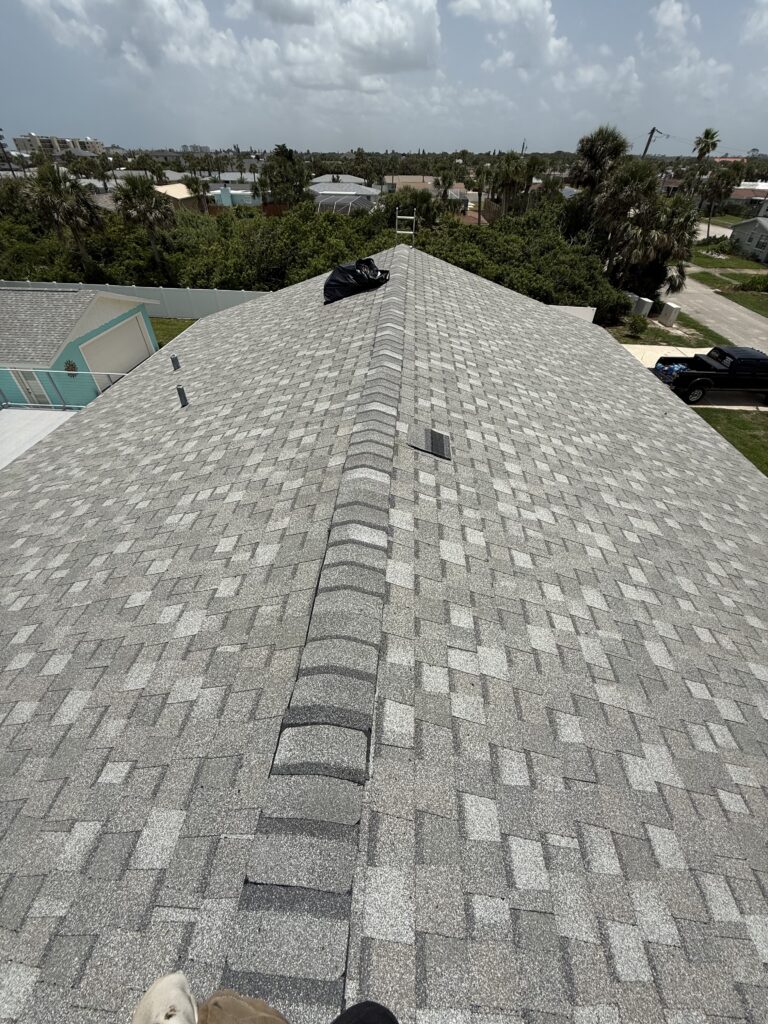
A local company like Clermont Roofing Inc. understands the unique challenges our roofs face. We have firsthand experience with which materials and installation techniques are proven to stand up to the combination of intense sun, heavy rain, and high winds that we experience. We have established relationships with local suppliers, which helps to ensure the quality of the materials we use, and our reputation is built on the satisfaction of your neighbors in the Clermont community.
Choosing a local, licensed, and insured contractor provides you with an invaluable level of trust and accountability. We are not a company that will disappear after a storm. We are a permanent part of this community, and we are here to stand behind our work with a strong warranty and a commitment to your long-term satisfaction.
The lifespan of your Florida roof is a dynamic equation, influenced by a combination of the materials chosen, the quality of the installation, and, most importantly, the consistency of its maintenance. While a durable material like tile or metal offers the promise of many decades of service, even the most common asphalt shingle roof can provide reliable protection for its full expected lifespan with the right care. By understanding the unique challenges our climate presents and by being a vigilant homeowner who knows the warning signs of trouble, you can take a proactive role in protecting your home.
The most effective strategy for maximizing your roof’s life is to partner with a trusted, professional roofing expert. Regular inspections and prompt attention to minor repairs are the keys to preventing small issues from becoming major, costly failures. If you have any concerns about the age or condition of your roof, or if it has been more than a year since your last professional inspection, we invite you to contact the experienced team at Clermont Roofing Inc. Let us provide you with a free, no-obligation roof inspection to give you an honest assessment of your roof’s health and the peace of mind you deserve.

